Affiliate links on Android Authority may earn us a commission. Learn more.
Interview: HMD's Juho Sarvikas talks Nokia updates and Pie
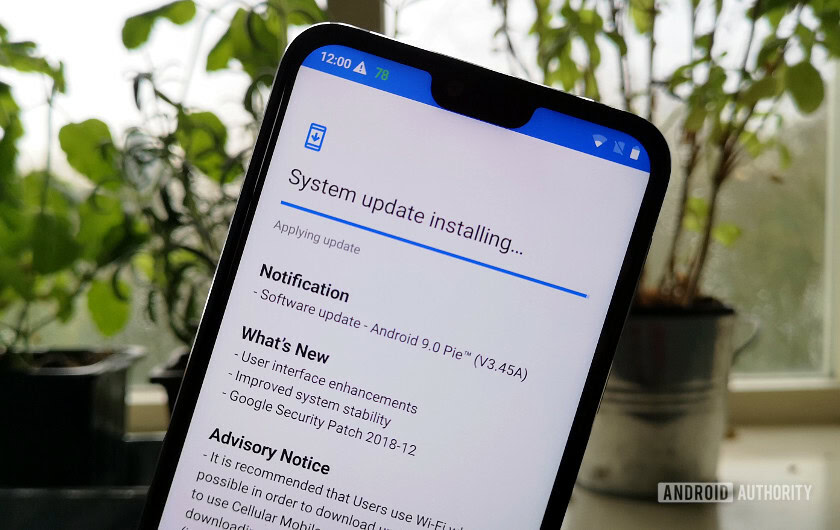
Android 9.0 Pie updates are rolling out for a number of handsets, and overall it looks they’re arriving faster than ever. One of the quickest companies to update its phones is HMD Global. Pie already runs on a number of its latest Android smartphones, including the new Nokia 8 and the Android One Nokia 7 Plus.
HMD Global Chief Product Officer Juho Sarvikas has been keener than most to talk about update schedules, often sharing roadmap details on Twitter. Just the other day, Sarvikas shared some of the inner workings that go into updating a Nokia phone to Android Pie. We snapped up an opportunity to talk with him about the murky world of Android updates.
With 8 Nokia smartphones running Android 9 Pie, we wanted to give you a peek into what happens in the kitchen to serve you the perfect piece of pie ?https://t.co/NlWbss4q3P pic.twitter.com/weDVefvmHB— Juho Sarvikas (@sarvikas) January 10, 2019
Nokia = stock software, no bloat
Before delving into the specifics of the update cycle, Sarvikas shared some background on HMD Global’s goals when revitalizing the Nokia brand and how Android One ended up being an ideal fit for the company’s goals. More specifically, fast updates and no bloatware have been a core tenet of the new Nokia brand since day once.
The company did plenty of research when deciding how it should enter the Android sphere, asking consumers about their pain points.
“Many of the pain points are actually caused by the custom ROM,” noted Sarvikas. “People are looking for a clean UI. Bloatware is one thing where we see a strong push back from consumers. And secondly updates arriving in a timely fashion.”
Additionally, consumers showed an “increasing awareness of security concerns” which made regular speedy Android updates all the more desirable.
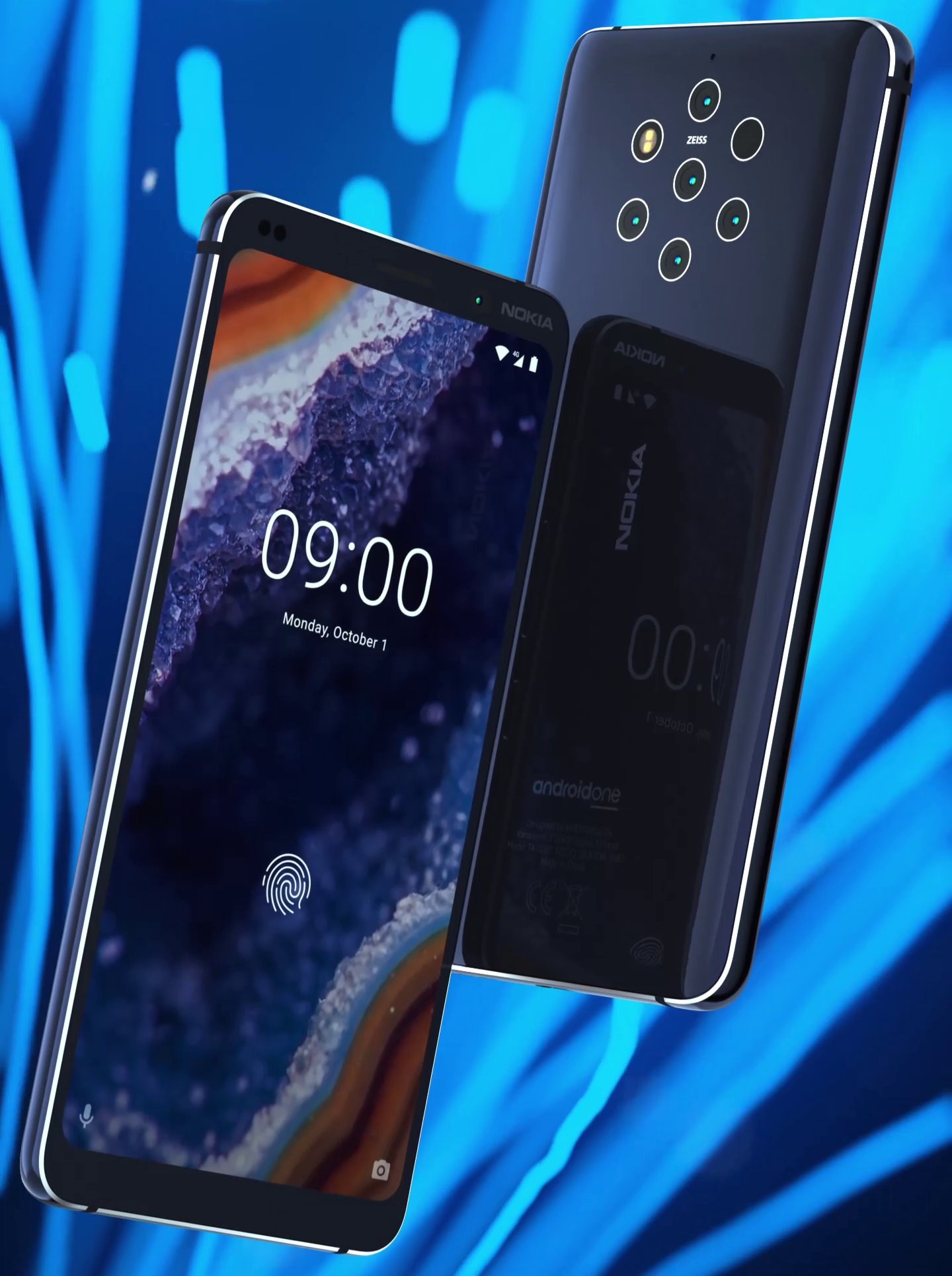
It’s hard to argue with any of those observations. We’ve certainly heard similar calls from many of you, dear readers. A year after restarting the Nokia brand in 2017, HMD launched phones under Google’s Android One program. We were curious about the benefits of One over the generic stock Android ROM some of its phones had before.
Sarvikas said there were two main perks. First, working with Google on Android One brought the engineering teams “even closer,” which helped with execution and speeding up rollouts. Secondly, the “marketing and co-branding” offered by Android helped relay the type of consumer message and OS promises HMD is pursuing with the Nokia brand.
Additionally, Android One helps to communicate the fast updates and regular security patches — a particularly important note for the B2B segment — HMD sees as key to the Nokia brand.
“There’s also the aspect of Google innovation,” noted Sarvikas. “If there’s a new Assistant feature or Digital Wellbeing being rolled, often you get it first on Android One devices.”
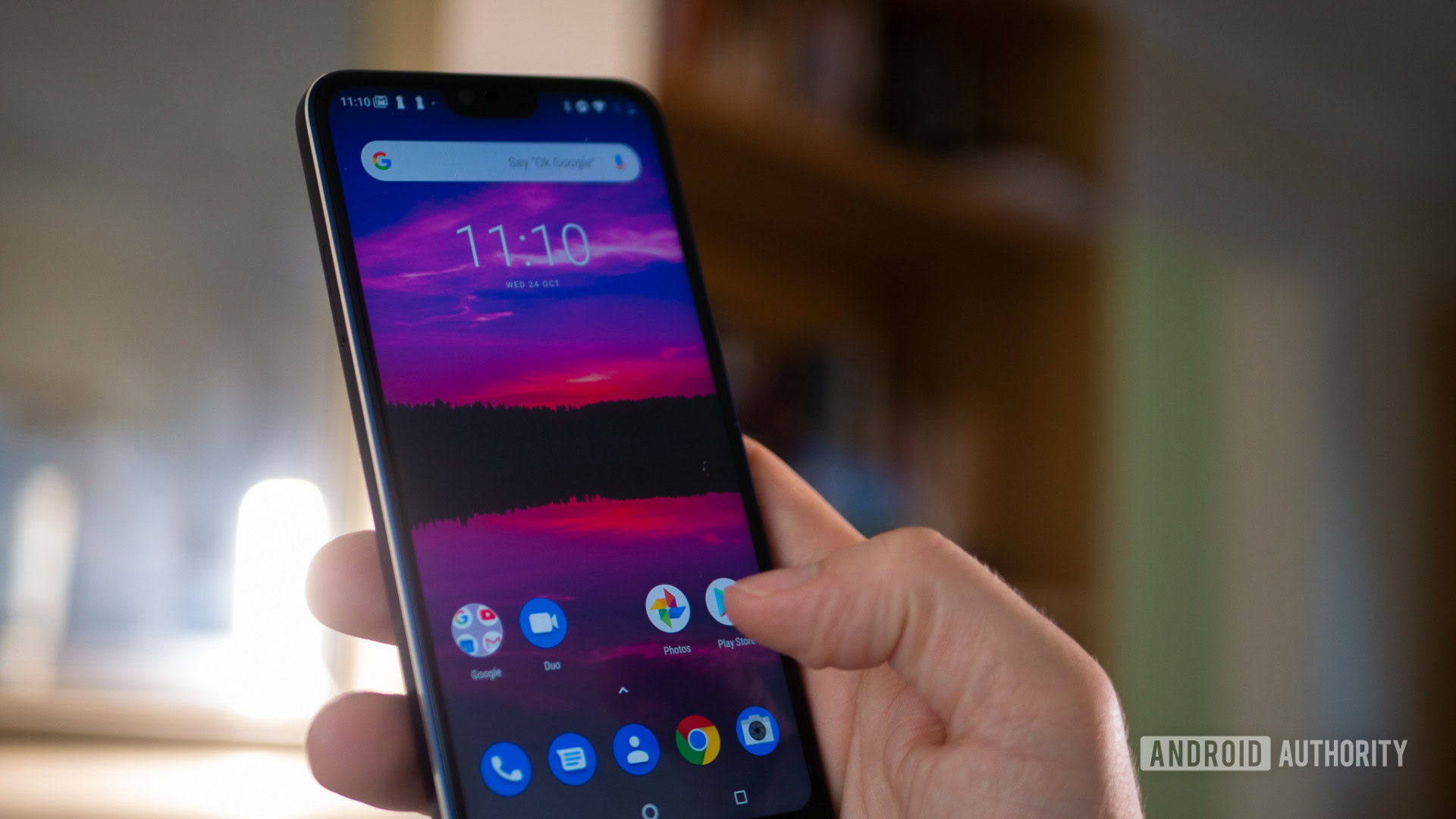
Dispelling some Android update myths
Android One and Project Treble have clearly helped HMD Global (and a number of other manufacturers) bring the latest features, OS, and security updates to cost-effective smartphones in a timely manner. Furthermore, support now lasts years rather than months, as HMD has shown with its Android Pie roadmap. Sarvikas explained some of the finer details about what goes into a modern Android update process.
In a nutshell, it’s a lot of testing. First comes testing the software that comes from chipset vendors like Qualcomm or MediaTek, then testing any Nokia exclusive features. After that, there’s a selection of operator lab tests and Google test suites to complete. Any detected issues even at late stages can require the process to go all the way back to the chip vendor, who can then issue a fix.
According to Sarvikas, the whole ecosystem has matured a lot. Apparently, HMD’s own contributions, as well as that of the Android One program, have helped to improve response times from bug detection to chip vendor fix. Treble, in particular, is speeding things up.
Sarvikas also hinted at “really good other stuff” coming on the architecture and design front to help expedite the update cycle even further. This sounds like some further improvements to Treble, but sadly we’ll have to wait and see what these might be.
“I’d love to share entire roadmap dates, but when you’re leading a new Android release on a new chipset there are so many unknowns,” said Sarvikas.
Despite the improved update speeds with Treble, some consumers are still left frustrated with slow rollouts in some regions and with some models compared to others.
According to Sarvikas, this isn’t always within a company’s control, particularly when it comes to regional rollouts. He blames the delay of a Nokia 8 update in India on a “configuration issue” related to the “India network environment.” The issue was only detected during the beta labs testing, one of the final stages before rolling out to the general public.
According to Sarvikas, “it’s typically the network environment where you can discover behaviors that are exclusive to that region.”
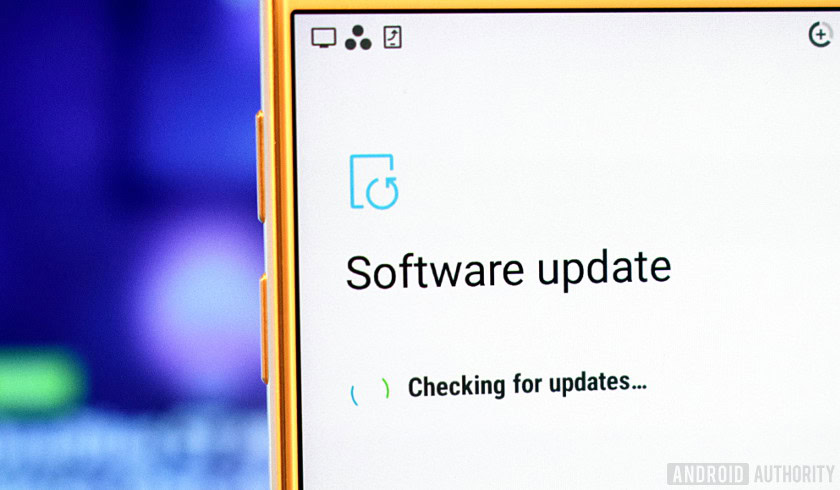
Regional delays aren’t always a matter of resources, but rather a matter of when issues get found. Some only appear right at the end, in operator lab testing, and there simply isn’t an opportunity to catch them any earlier. Often the conditions that cause a problem only appear at these later operator testing stages, which can delay updates in specific regions while others roll out normally.
With Android updates, key software still depends on chip manufacturers providing timely support. Newer and higher-end chips receive support first and it can take longer for lower end and older chips to receive equivalent updates. Nokia handsets span five different chipsets, which explains some of the discrepancy between update schedules.
This means a manufacturer can’t always control when it brings an Android update to its phones, though Treble is helping.
Chip vendor timetables and carrier specific issues can setback OEM update plans.
With the rollout of Android Pie, a number of big and small manufacturers pushed out beta updates to early adopters to catch those crucial bugs before rolling the new OS out to the masses.
“The sooner you discover issues or errors the quicker you can address them. And the more people you have testing, the better off you are in discovering them” noted Savarkis.
“We have a wide and extensive group of people who are very actively helping us on this mission. [Betas] definitely help with time to market of new updates and also in terms of quality.”
Sarvikas envisions a situation where porting a new version of Android to existing hardware is seamless. Treble is helping, but apparently there’s more to do. The key is “more abstraction layers,” where hardware and software are both agnostic, and not dependent on each other for updates. Unfortunately, we’re not quite living in that world yet.
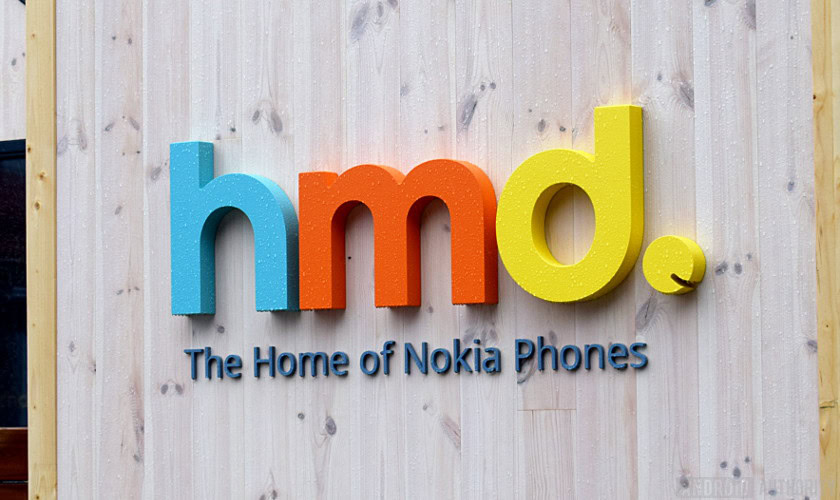
Committed to 3-year updates
Talking with Sarvikas, I realized the Android update situation can be as frustrating for manufacturers as it is for us. This just goes to highlight how important Project Treble, and to a similar extent Android One, is to push out key features and security updates to consumers as quickly as possible. Google’s efforts in this regard appear to be paying off. We are seeing much faster update times with Android Pie from most manufacturers. Hopefully, the introduction of Android Q will see more developments on this front and continue to simplify the update experience.
As far as HMD Global is concerned, manufacturers want to get updates out as fast as possible. Sticking to stock Android makes this a lot easier for the company than manufacturers who opt for a more heavily customized OS. It also makes it for HMD easier to commit to two years of Android OS updates and three years of security patches for its growing range of Android One phones. We’d love to see all manufacturers match or even exceed that, especially those charging a significant premium.